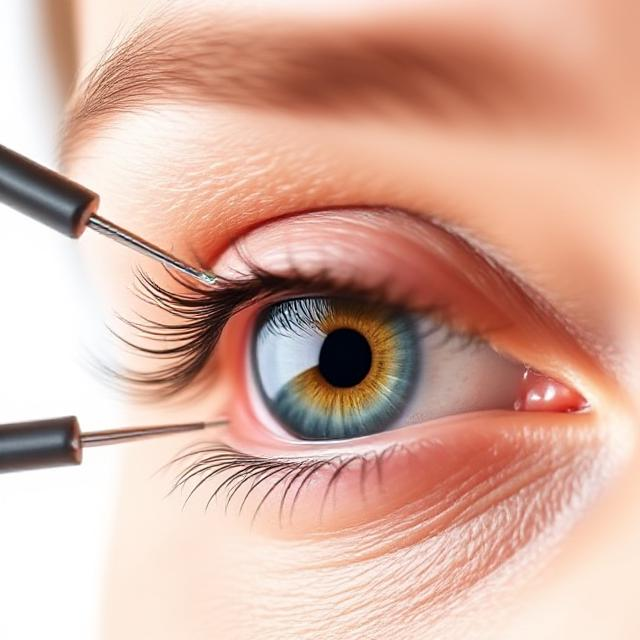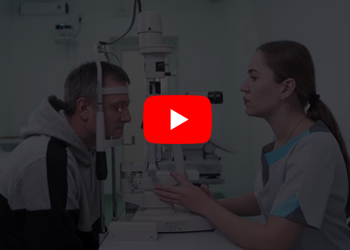What is Oculoplasty?
Oculoplasty, also known as oculoplastic surgery or ophthalmic plastic and reconstructive surgery, is a specialized branch of ophthalmology that focuses on the diagnosis, management, and surgical treatment of conditions affecting the structures around the eyes and the face. Oculoplastic surgeons are highly trained ophthalmologists who have completed additional fellowship training in oculoplastic surgery.




